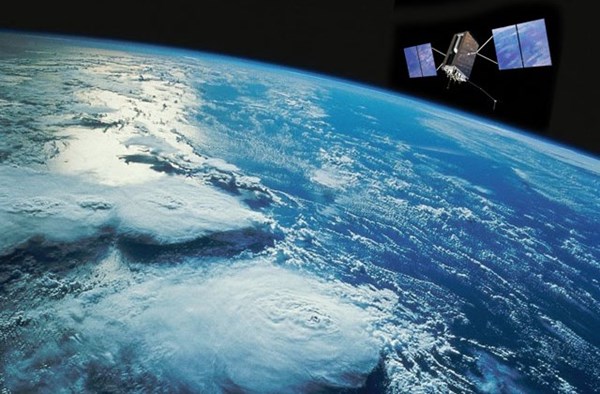Russia to monitor entire planet with radar surveillance system
In 2019 Russia will finish establishing the Liana radar surveillance system, which will give it coverage of the entire planet, the Russian Defense Ministry told Izvestia.
According to Russian media, two Pion-NKS satellites are scheduled to be launched into orbit before January 1, 2020. In conjunction with a pair of Lotos-s satellites, they will reportedly enable “the Russian General Staff to observe even small objects throughout the world”.
With its satellites orbiting at an altitude of 100 km, the Liana system will be capable of “observing objects the size of a car and, if necessary, guiding precision weapons to it”.
The Liana system is based on the Legenda (Legend) Soviet-era satellite targeting system, whose satellites were placed in an orbit at an altitude of 25 km.
“In recent years, the line between civilian and military satellites has become increasingly blurred. For example, even a normal satellite can provide an army connection on closed channels. But radar surveillance is such a specific field that only a military satellite can handle this task. In the civilian sector such technologies have started to be developed only recently – for example, to monitor street traffic,” observed Ivan Moiseyev, scientific director at Russia’s Space Policy Institute.
The US has three Lacrosse radar reconnaissance satellites that are similar to the Liana system.
In April it was reported that the European company Thales Alenia Space France had finished building the most powerful Russian communications satellite, the Yamal-601. In April 2018, it was reported that nearly 40% of the components for GLONASS, Russia’s satellite navigation system that serves as an alternative to GPS, are not produced by Russia.
